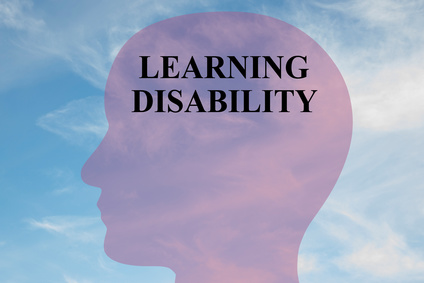 Learning disabilities look very different from one child to another. One child may struggle with reading and spelling, while another loves books but can’t understand math. Still another child may have difficulty understanding what others are saying or communicating out loud. The problems are very different, but they are all learning disorders.
Learning disabilities look very different from one child to another. One child may struggle with reading and spelling, while another loves books but can’t understand math. Still another child may have difficulty understanding what others are saying or communicating out loud. The problems are very different, but they are all learning disorders.
It’s not always easy to identify learning disabilities. Because of the wide variations, there is no single symptom or profile that you can look to as proof of a problem. However, some warning signs are more common than others at different ages. If you’re aware of what they are, you’ll be able to catch a learning disorder early and quickly take steps to get your child help.
The following checklist lists some common red flags for learning disorders. Remember that children who don’t have learning disabilities may still experience some of these difficulties at various times. The time for concern is when there is a consistent unevenness in your child’s ability to master certain skills.
Paying attention to normal developmental milestones for toddlers and preschoolers is very important. Early detection of developmental differences may be an early signal of a learning disability and problems that are spotted early can be easier to correct.
A developmental lag might not be considered a symptom of a learning disability until your child is older, but if you recognize it when your child is young, you can intervene early. You know your child better than anyone else does, so if you think there is a problem, it doesn’t hurt to get an evaluation. You can also ask your pediatrician for a developmental milestones chart.
Read the full article on the Helpguide.org website to learn more about specific types of learning disabilities, diagnosis and testing, and getting help for your child.